A TRAVEL NEWS ARTICLE ABOUT CROATIA
'DALMATIAN FOOTSTEPS'
“Don’t go back, you will be disappointed”, urged friends, but Anna Hyman ignored their advice and found herself wandering along streets she had first explored 30 years earlier – and enjoyed every footstep.
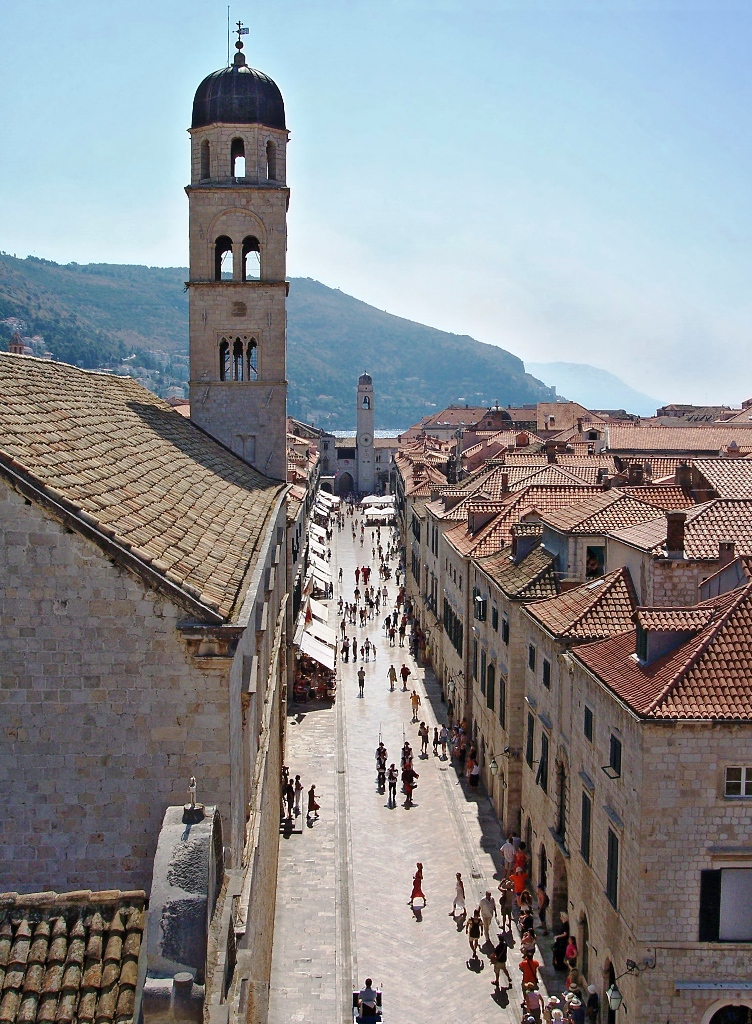
The main street in Dubrovnik
As the plane made its landing approach, the lights of Dubrovnik – often referred to as the ‘Pearl of the Adriatic’ – sparkled below us like thousands of diamonds. A pearl by day, I thought, diamonds by night, but whichever you choose a gem of a city and an excellent base from which to explore parts of Croatia, Montenegro and Bosnia-Herzegovina, the countries that make up Dalmatia.
I had not been back to this stunningly beautiful region for 30 years. Friends had advised against making the trip, fearing I would be disappointed, pointing out that it is never wise to return to places you once loved. But the discovery of an old travel diary had made me long to retrace my footsteps.

The Tudjman Bridge and 'new' harbour in Dubrovnik
Dubrovnik had expanded in the intervening years but the old city, contained by its massive walls, was still as wonderful. Once a wealthy and powerful maritime and trading city, most of what we see today dates from the end of the 17th century – a devastating earthquake in 1667 having destroyed virtually the entire city. It was to suffer again in 1991/2, when the city was under siege by the Yugoslav People’s Army. I remember gazing in horror at newsreel pictures showing its bombardment by shells.
But once again Dubrovnik rose phoenix-like and, apart from some scarred walls, it is hard to see what is old and what is new: the statue of St Vlaho still stands in his niche clutching a model of his city above the Pile Gate; the Stradun, Dubrovnik’s main street, still shines from the feet of centuries; statues and fountains still grace the squares; and the cloisters of the old Franciscan monastery are as peaceful as they ever were. A walk on the walls is a must, worth it for the views out to sea and the Elaphiti Islands, or to gaze down on the rooftops of the old palaces, monasteries, churches and narrow streets.

The 'fjords' leading into Kotor
One day I took a coach tour into Montenegro, stopping off at delightful Kotor with its tangle of quaint streets and rich heritage. A guidebook calls it ‘the best preserved Medieval urban environment’ and I have no desire to argue. The coach pulled determinedly up the 900 metres (3,000 feet) and 25 serpentine bends to the top of the Lovcen range of mountains. Spread out far beneath us were the four arms of the Bay of Kotor, one of the most beautiful natural harbours in the world. 30 years earlier the coach I was on had inched up that same pass in an unseasonably early snowstorm, and we had taken refuge in a small mountain bar that served locally-produced cheese and smoked ham. To my delight it was still there and we stopped off for hunks of rustic bread, ham and cheese and a glass of wine for a mere EU €3.50, gazing out over the fresh green mountain scenery before visiting Cetinje and touring one of its remarkably homely palaces. Back down on the narrow coastal plain we called in at Budva. It was a quiet little seaside resort with a lovely old walled town when I first knew it, but that was before the Russian millionaires arrived to moor their glitzy and ostentatious yachts in the harbour.
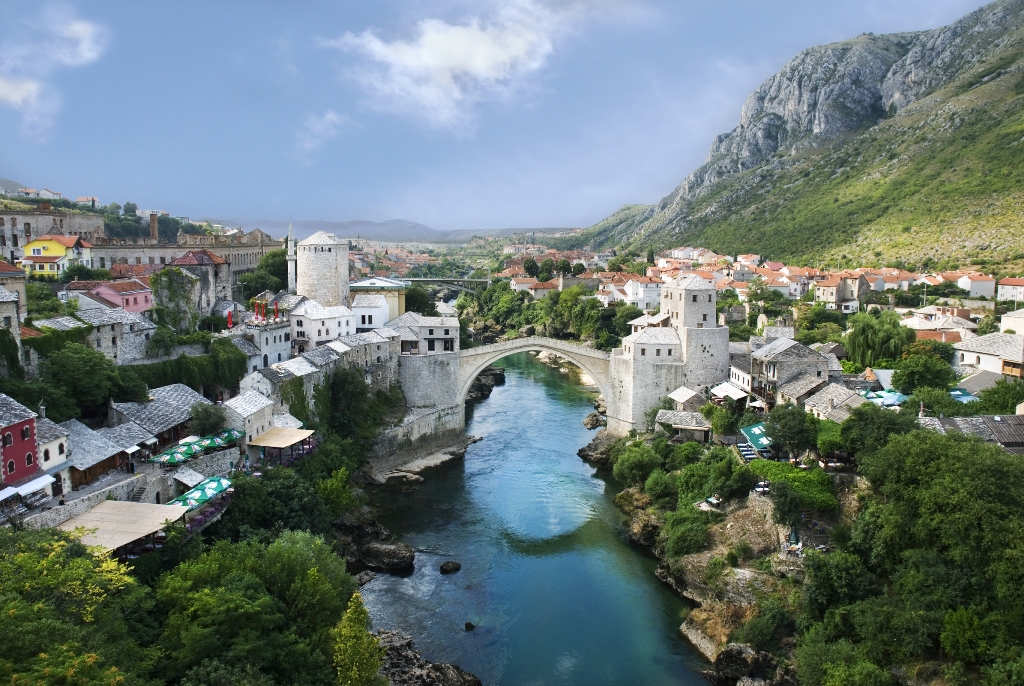
Mostar Old Town
Another tour took us over the border into Bosnia-Herzegovina and to Mostar, a town devastated during the 1992-5 conflict. Along with its famous Old Bridge, 5,000 buildings were destroyed. Many of the houses stand as ruins, home now to roosting birds, but gradually they are being repaired. We visited a mosque and one of the historic Turkish houses before I turned my feet towards the Old Bridge – now fully restored. I ignored the stalls selling trinkets and war mementoes and, picking my way carefully over the slippery cobbles, made for a shady restaurant beside the river so I could sit and watch the young men making the dangerous jump off the bridge for money from tourists. A few years ago the Neretva Eiver ran with the blood of war but today its waters sparkle with life and hope. We followed the road beside the river as it wound its way to the Adriatic, passing orchards and fields of vegetables banked by verges glowing with spring flowers.
Our week was not all touring, however; plenty of time had been built in for lazy days spent round the Grand Hotel Park pool. My favourite spot was on the terrace above the pool, under the shade of huge spreading trees, or wandering through the garden and down to the beach about 100 metres (300 feet) away. I usually chose to take the path that ran beside the sea, its waters so clear I could watch tiny fish playing hide and seek amongst the boulders, before returning for an ice cream or lunch. The hotel was set in a residential district of Dubrovnik, conveniently close to the bus stop if we wanted to take ourselves into the city for the day. Meals were self-service buffet-style and there was always plenty of choice. The squeaky-clean bedrooms were perhaps a little on the small size, but I couldn’t fault the bathroom with its amazing shower. Neither could I fault the staff, always kind and helpful.
Our tours had taken us into Montenegro and Bosnia-Herzegovina, and Croatia was not to be excluded. We had a blissful excursion one hot sunny day to the Peljesac peninsular. This was new territory for me and I was enchanted with its Great Wall (not as long as its Chinese cousin, but still the longest in Europe), the scenery, picturesque villages in the wine-growing plain, and small Medieval towns like Ston with its fortified city walls. There’s not a lot to see in Ston, apart from its Franciscan monastery and salt beds, but it would be a great place for lunch; it is noted for its fish restaurants, most of them serving the local oysters and mussels, and the lure of the smell of fish grilling was almost too much. But our own lunch had been organised on the terrace of the aptly-named Bella Vista Restaurant, perched high above the sea.
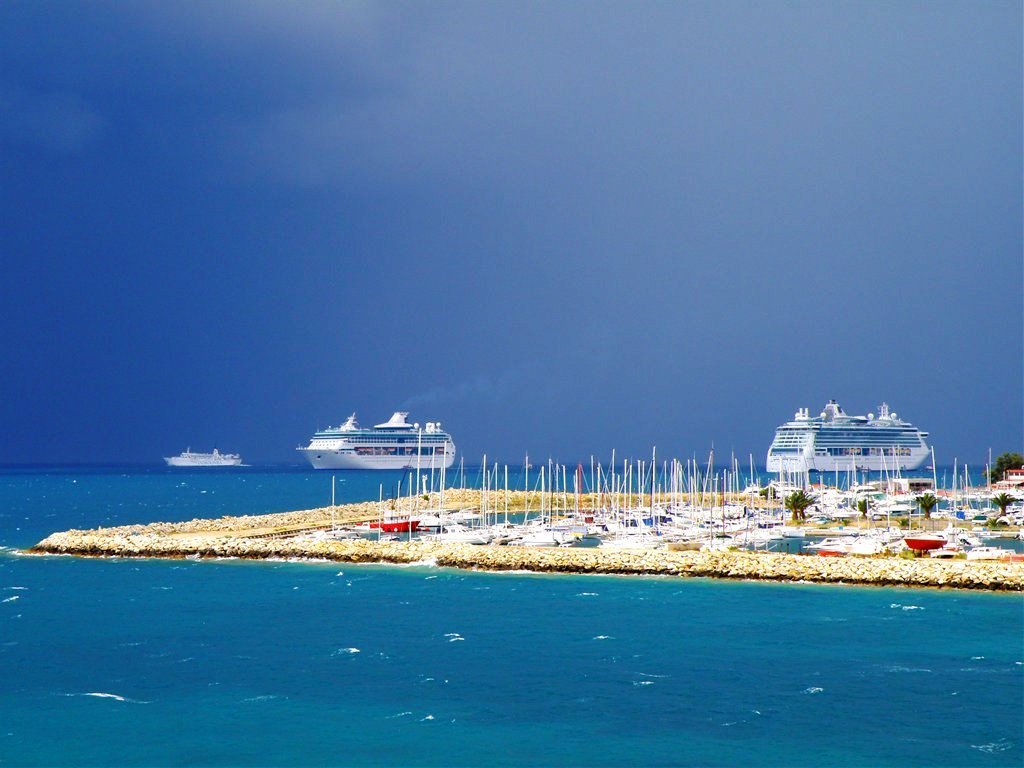
The modern Marina and cruise ship berths in Ston
In 1494, a wealthy nobleman built a summer residence and garden at his estate in Trsteno. Today it is an arboretum featuring a Renaissance garden and villa, as well as gardens of the 19th and 20th centuries, complete with grottos and ruins, an olive grove and collections of Mediterranean and many exotic species. It is an idyllic place descending gradually to a terrace overlooking the sea and the Elaphiti Islands.
Back at Dubrovnik Airport the check-in clerk asked me if I had enjoyed my holiday. I confided to her that I had been making a return journey after a 30-year absence and, yes, I had had a lovely time. “Don’t leave it so long next time’ she admonished me.
More Information:
Leading escorted touring operator, Archers Direct, features the 8-day 'Discover the Dalmatian Coast' itinerary priced from £689 per person including return flights to Dubrovnik from Gatwick, Birmingham or Manchester and seven nights half-board at the 4-star Grand Hotel Park in Dubrovnik. Price includes sightseeing in Dubrovnik, full-day excursions to Montenegro and Mostar, and a half-day excursion to Trsteno and Ston. An additional 7 nights can be spent in Dubrovnik or the resort of Cavtat. Visit www.archersdirect.co.uk or telephone 0871 423 8638
You may also like to read

ITALY - A COUNTRY OVERVIEW
Tour-smart show us why Italy is one of those countries that everybody seems to have an opinion about.
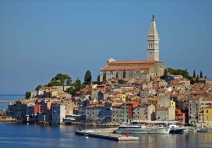
CROATIA, ISTRIA
Tour-smart introduces you to Istria, Croatia's best kept gourmet secret

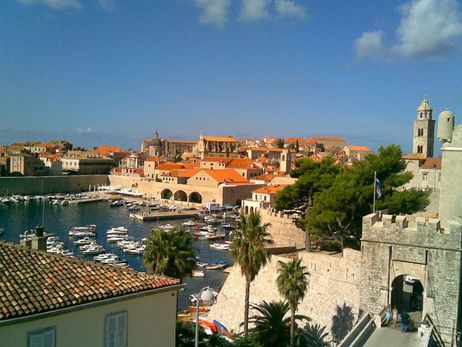
Comments